The month of May brought snow and strikes to Aberdeen in 1973 as Britain was brought to a standstill with a one-day May Day walkout.
Newspaper production, mining, manufacturing and the railways ground to a halt when 1.6 million workers withheld labour in protest against price rises and the government’s anti-inflation policy.
Aberdeen May Day march 1973
In Aberdeen, no trains were running, rubbish collections stopped at noon, the city’s paper mills ground to a halt, and Hall Russell shipyard had a complete shutdown.
And there was a surprise when Aberdonians woke up to two inches of snow.
Fifty years on and it almost feels as though nothing has changed.
The weather has been unseasonably poor, public sector workers are striking and the UK has a Conservative prime minister.
While the 1970s were dominated by headlines about the power struggle between the government and trade unions, we take a look back local news and people in May 1973.
Grampian Road, Torry
Grampian Road in Torry made for a peaceful scene in May 1973.
The young trees in this photo now tower over the gardens below, and there are a lot more cars on the road these days.
It was bad news for those relied on Aberdeen’s public transport in 1973, though, as Aberdeen Corporation bus fares rose by a penny across all routes on May 27.
Bon Accord Baths
These young swimmers were off to a flying start at Bon Accord Baths during a competition in May 1973.
This cracking action shot captured the start of the 12-year-old boys 100m breaststroke race in the Scottish Amateur Swimming Association northern district championships.
School-age swimmers came to the Bon Accord Baths from all over north Scotland to compete, but it was the north-east team who topped the diving league.
Ballater
Ballater was just gearing up for the start of the holiday season in May 1973, with holidaymakers already descending on the Deeside resort.
This picturesque view in the village looks down Bridge Street towards Craig Coilleach in the background.
The Royal Burgh has maintained its timeless charm over the years and little has changed here – only the 1970s cars and clothes.
The AA, Golden Square
Here’s a uniform you don’t see these days – that of the Automobile Association patrolman who looked after Scotland’s highways and byways.
The retiring head of the AA for Scotland and Ireland, Richard Livingstone, had embarked on a whistle-stop tour of offices in May 1973 to say goodbye.
In his Aberdeen leaving speech, he said “if Scotland was to preserve the best of its countryside it would need to build appropriate roads to deal with the increasing volume of traffic”.
Fifty years on, the delayed upgrade and dualling of the A9, A96 and A90 north is still a problem for drivers and politicians alike.
Portlethen
A train powers past Portlethen in this photograph, which was taken to illustrate how quickly the town was growing in size and population.
In May 1973, several firms – including contractors Bett Brothers of Dundee – were eyeing up prime industrial land at Portlethen.
Industrial units were already springing up on the 22-acre site on the outskirts of town, and plans were also in the pipeline for a 38-acre housing estate.
Oakbank School, Aberdeen
The lads of Oakbank School were enjoying the satisfaction of a job well done in May 1973.
These talented teeangers handmade this smart bedroom set, which is unmistakably seventies in its design – and rather on trend these days.
The goods were the star prize at a raffle being held at the residential school’s spring fair, where the whole school was to be open to the public for the day.
Aberdeen Boat Club
In May 1973, the rowers of Aberdeen Boat Club demolished the old River Dee landmark Ogilvie’s Boathouse to make way for their new base.
Three nine-man crews used their muscle power to pull together to take down the old building with their bare hands in just four hours.
The site needed cleared to make way for the club’s new £50,000 boathouse, marking a major new development on the Dee in 1973.
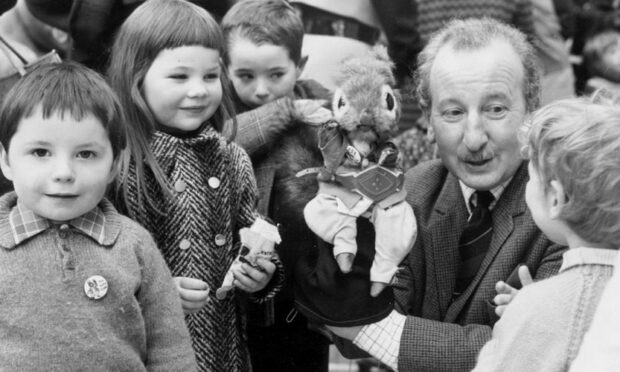

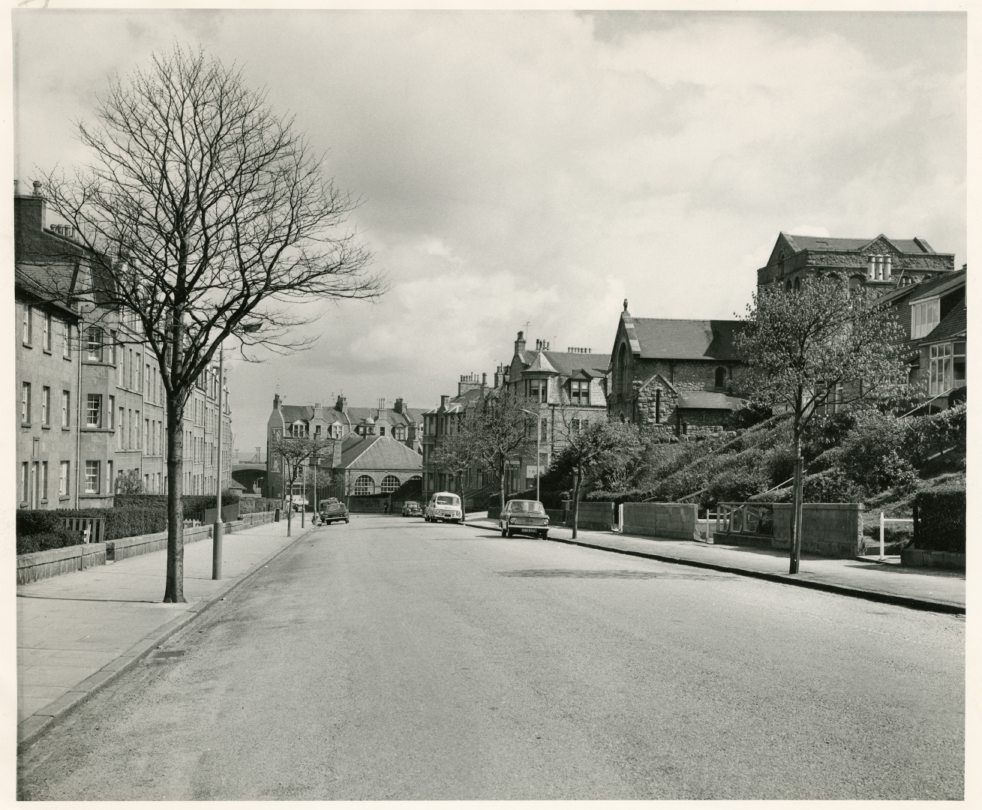

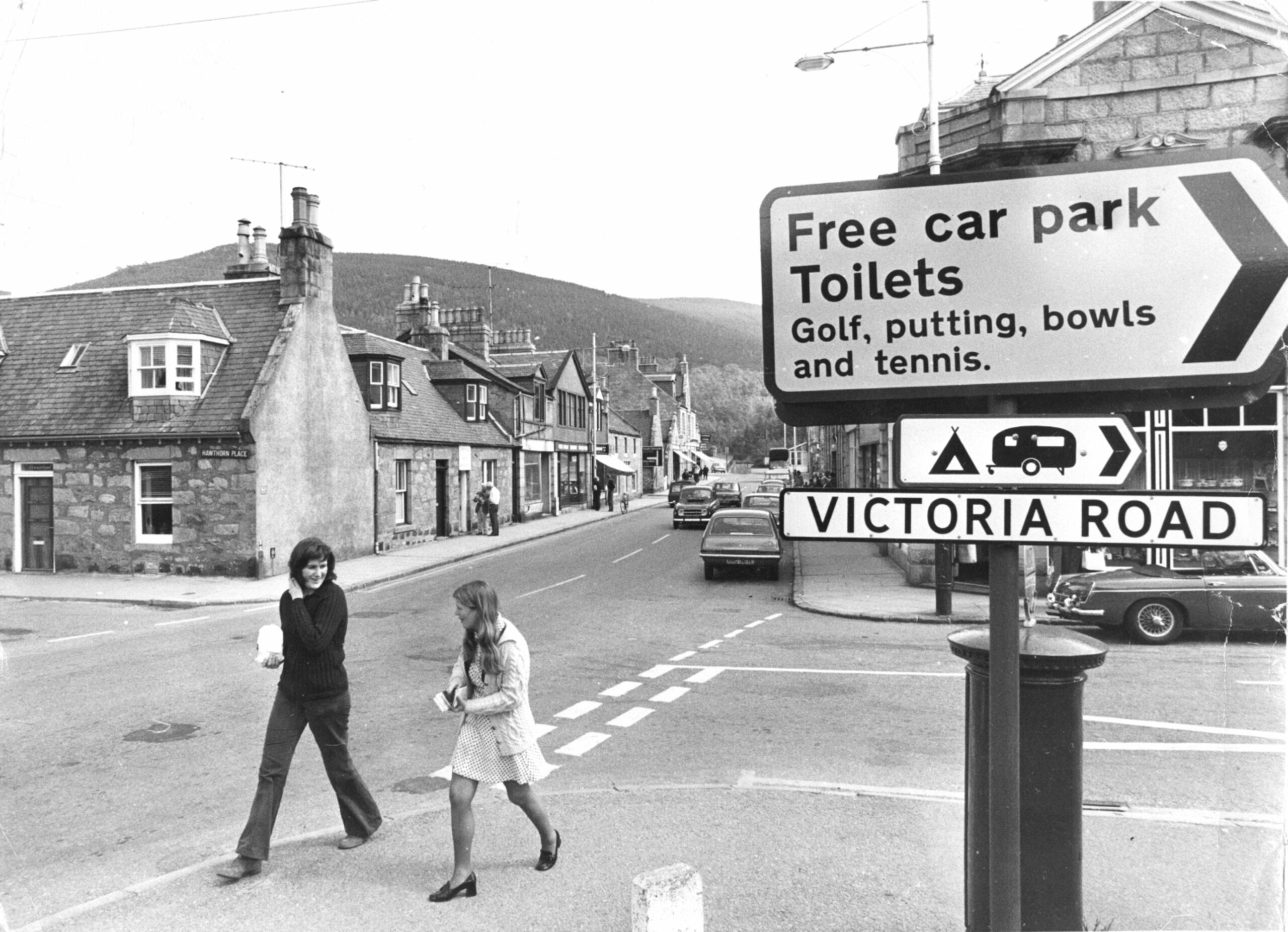
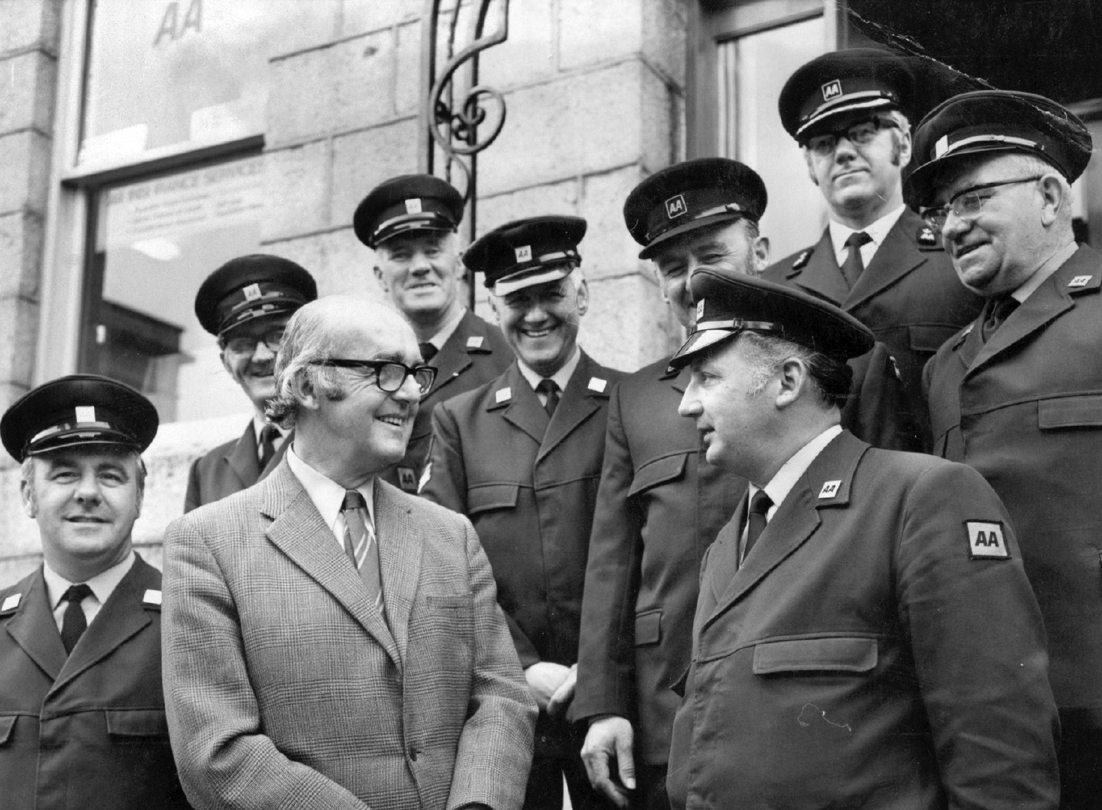
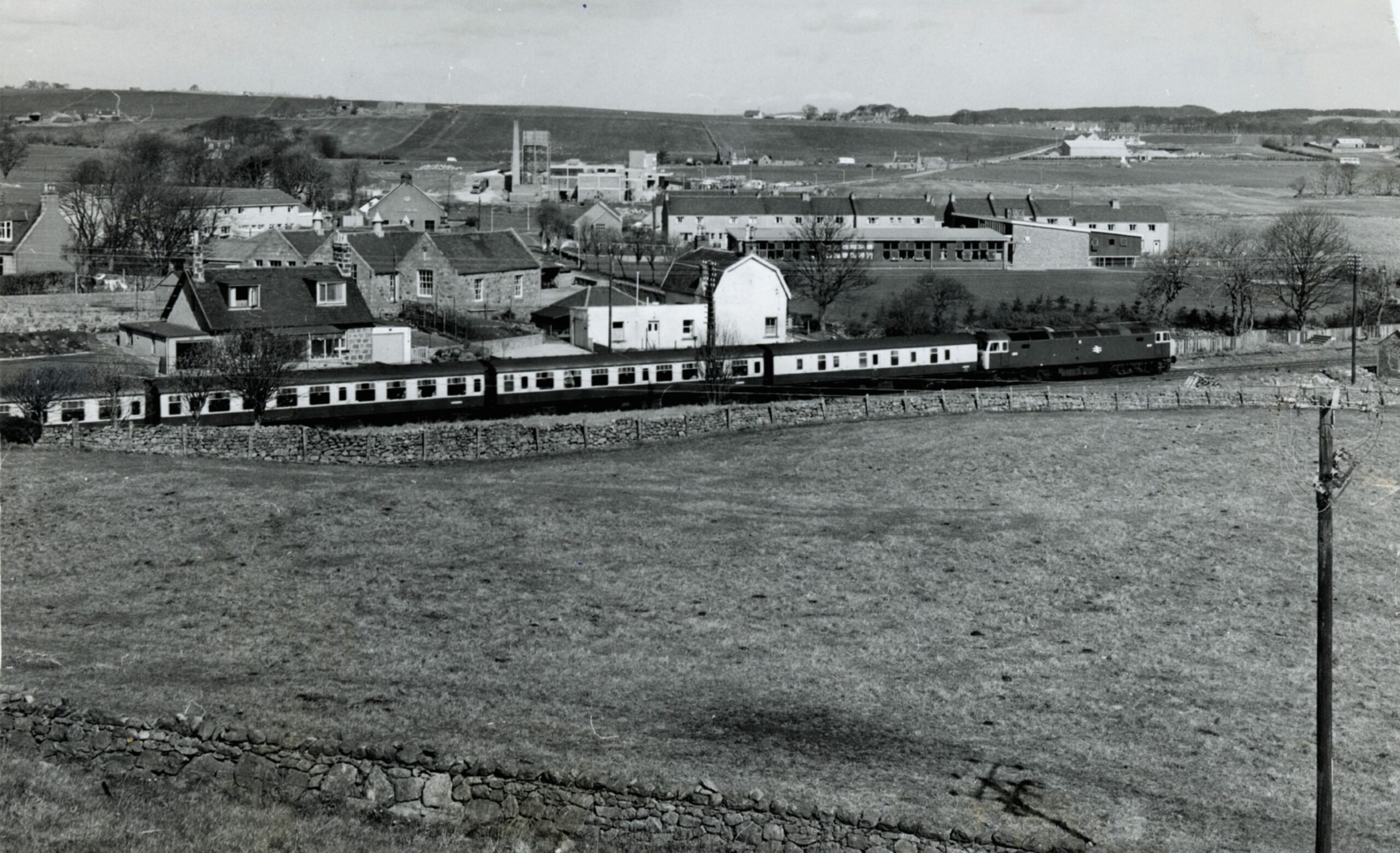
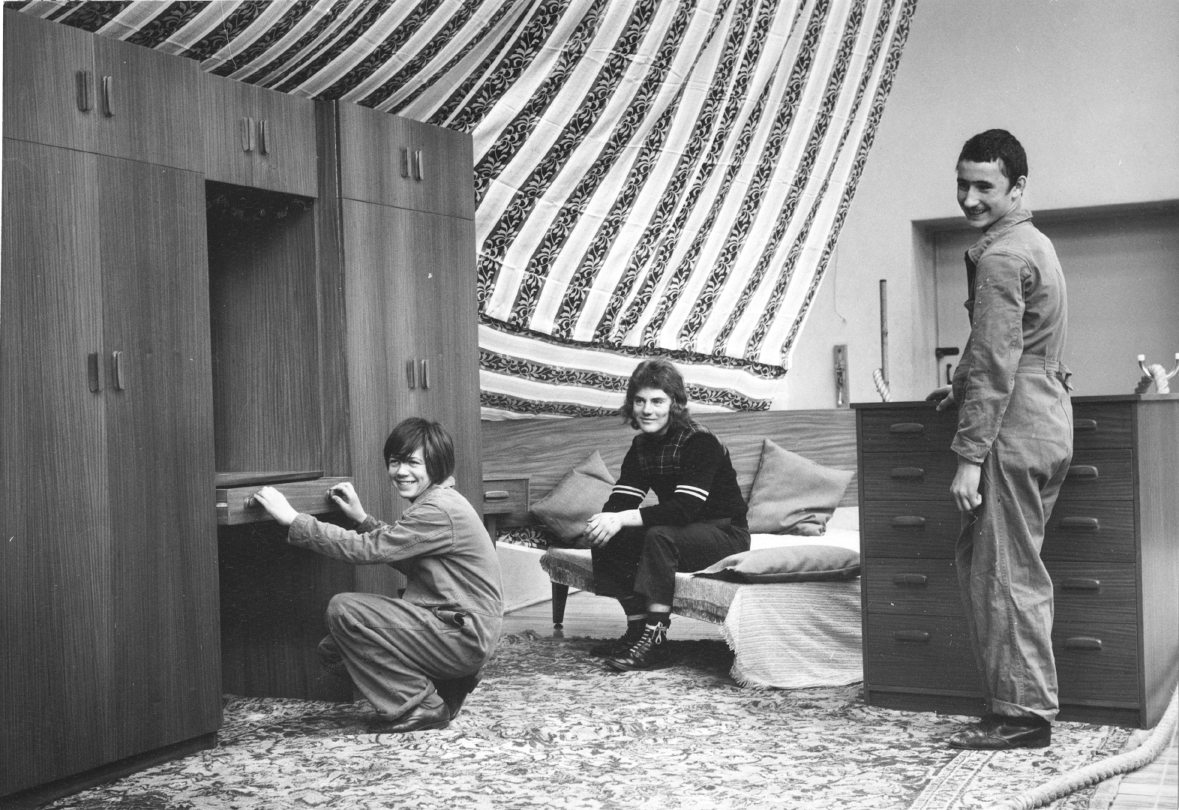
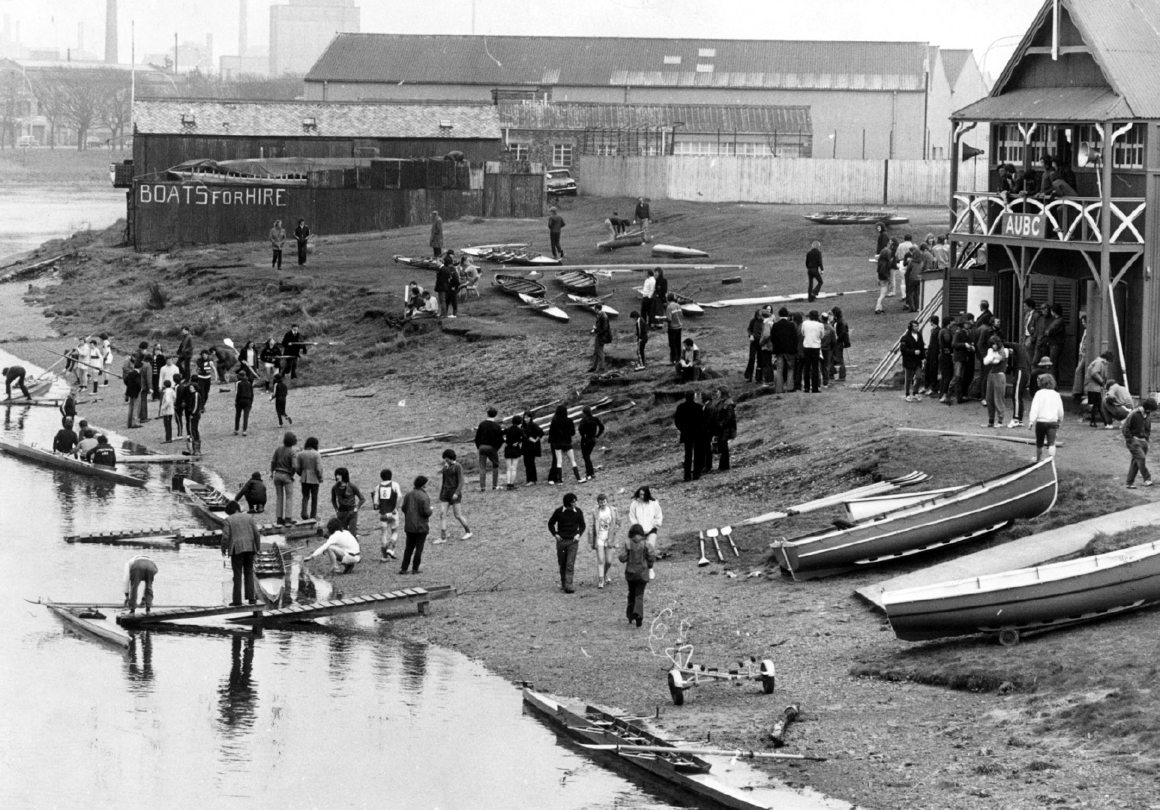
Conversation